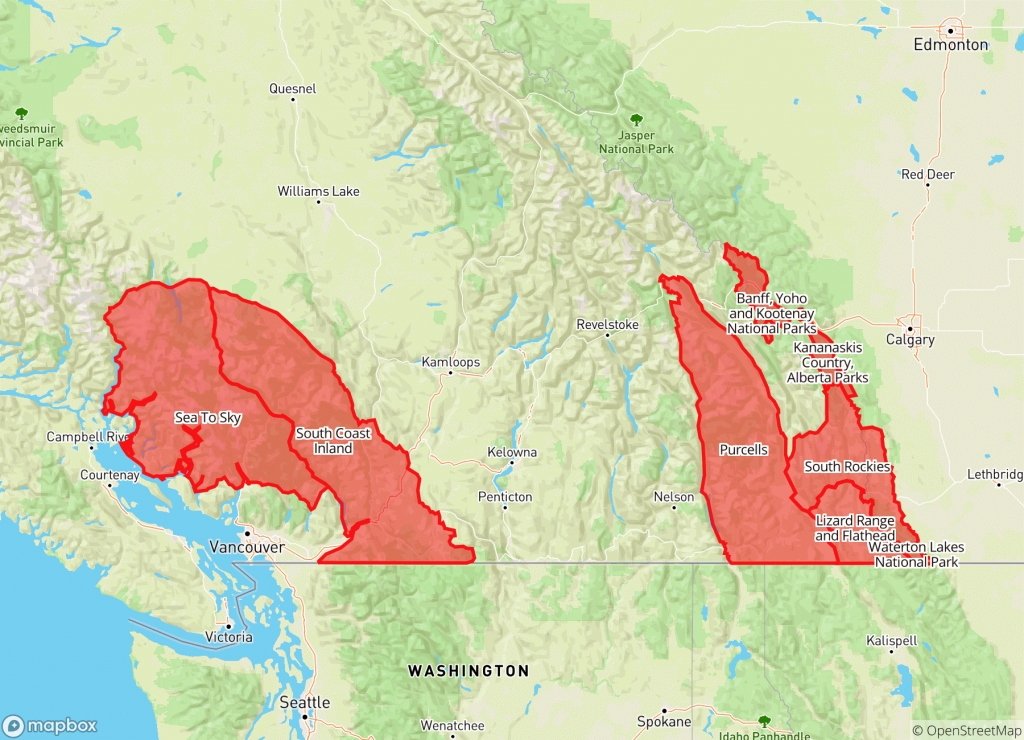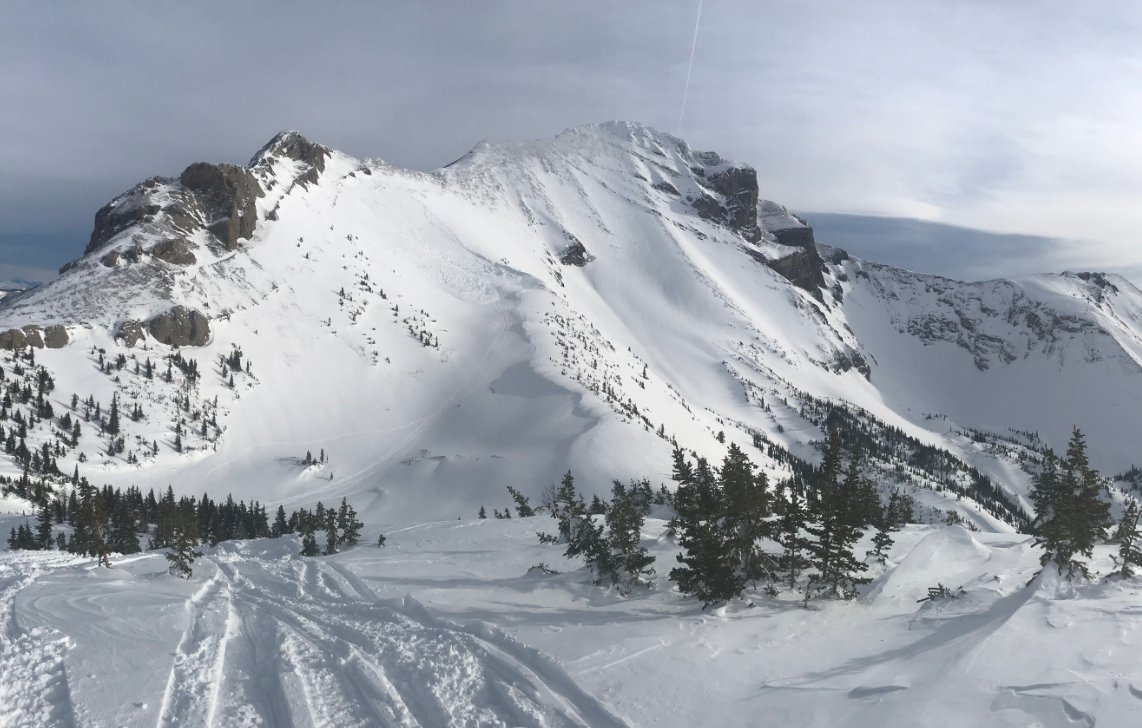According to Avalanche Canada, the recent snow and rain combination has made for an increased risk of avalanches on various mountain ranges across the province.
Forecast supervisors say the danger ratings are going down in many areas because naturally-occurring avalanches have slowed down or stopped, but many slopes are now primed for human-triggered avalanches.
“A deep persistent weak layer in the snowpack has been responsible for some very large and destructive recent avalanches. The potential for very large avalanches still exists in the region,” Avalanche Canada said about the Purcell Mountain Range.
In regards to the South Rockies, Avalanche Canada said a “complex avalanche situation has developed,” with the combination of naturally occurring and man-made avalanches. Avalanche Canada said explosives were used to control snow build-up at higher elevations, while skiers triggered several lower elevation avalanches.
“The danger ratings are going down across the map because naturally running avalanches have slowed down or stopped,” explains Ilya Storm, forecast program supervisor for Avalanche Canada. “However, now many slopes are primed for human-triggered avalanches. Distinguishing between slopes that have already slid and those that are the tipping point will be very difficult. This, combined with clearing weather during a holiday week, has us very concerned for backcountry users.”
The warning applies to the Purcells west of Cranbrook, the Lizard Range-Flathead and the South Rockies which are east of the Key City.
Similar conditions exist in Kananaskis Country, the Banff-Yoho-Kootenay National Parks and Waterton Lakes National Park.
Avalanche Canada advises avoiding affected areas until the risk has passed.





